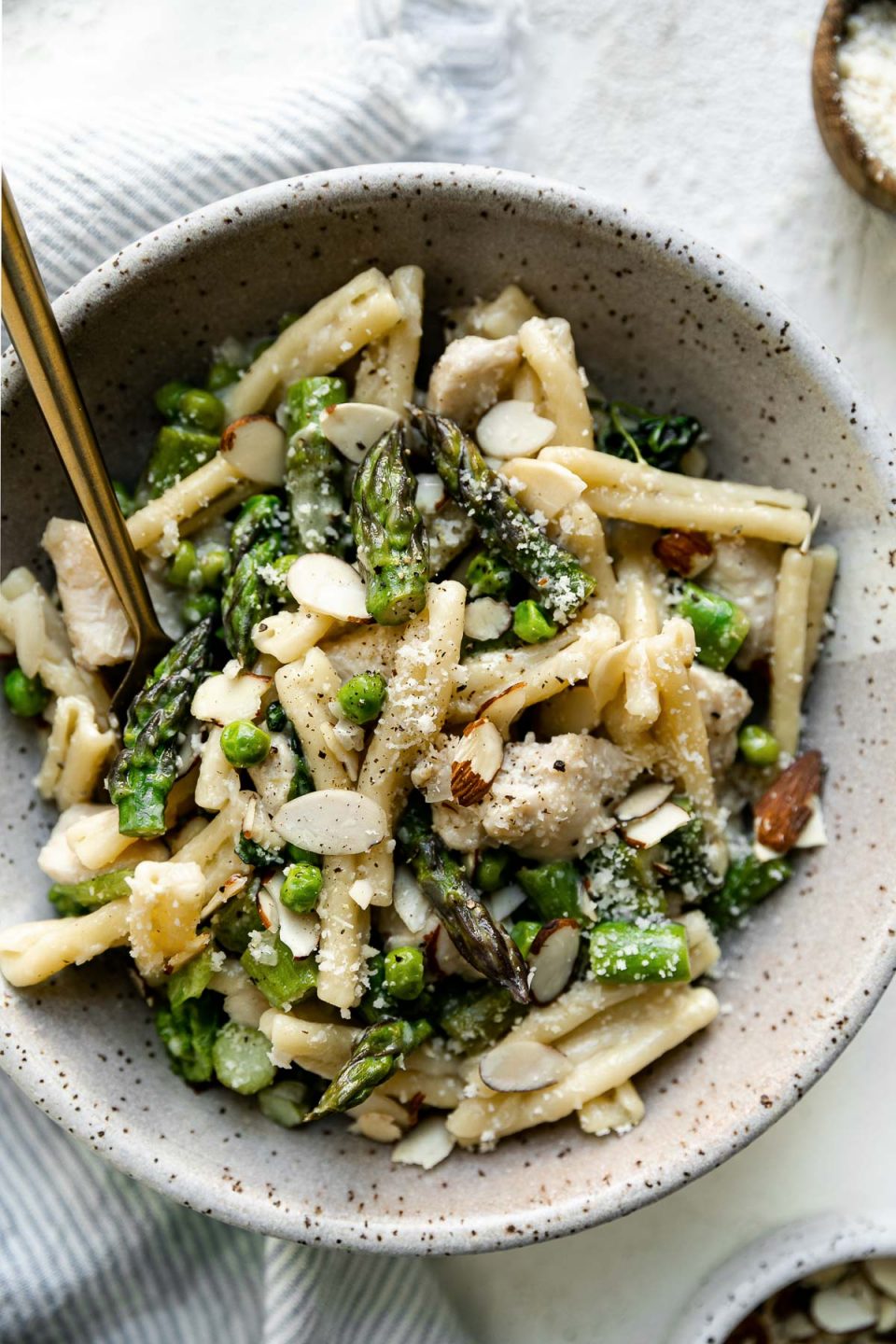Mascarpone vs. Cream Cheese: A Comparative Analysis for Gourmet Delights
When it comes to indulging in creamy delicacies, two popular options often find themselves in a fierce battle for supremacy: mascarpone and cream cheese. These luxurious and versatile ingredients have become staples in countless sweet and savory dishes. In this article, we will dive into the world of mascarpone and cream cheese, exploring their origins, unique characteristics, and culinary applications. Whether you're a culinary enthusiast or a curious foodie, join us on this delightful journey as we unravel the mysteries of these delectable cheeses.
I. The Origins and History
Mascarpone, hailing from the Lombardy region in Northern Italy, has a rich history dating back to the late 16th century. Traditionally made from the cream of cow's milk, mascarpone boasts a velvety texture and delicate flavor.
Cream cheese, on the other hand, originated in the United States during the 19th century. Created by blending cream and milk, cream cheese offers a tangy and slightly salty taste profile.
II. Ingredients and Production
Mascarpone is crafted by heating cream and adding a natural acid, such as lemon juice or tartaric acid, to coagulate the mixture. The resulting curds are then drained, resulting in a luscious and spreadable cheese.
Cream cheese, on the contrary, involves a combination of cream and milk, to which lactic acid bacteria are added for fermentation. The curdling process is facilitated by the introduction of additional acids, resulting in a denser and firmer texture.
III. Flavor and Texture
Mascarpone exudes a rich and buttery flavor with a velvety-smooth texture. Its luxurious consistency makes it perfect for desserts like tiramisu and cheesecakes.

Mascarpone
Cream cheese, known for its tangy and creamy taste, offers a denser texture, making it a preferred choice for spreads, dips, and frostings.

Cream cheese
IV. Culinary Applications
Mascarpone is highly versatile in the kitchen, lending itself to a myriad of sweet and savory creations. It adds depth and richness to pasta sauces, risottos, and even whipped potatoes. When incorporated into desserts, it elevates flavors, imparting a luxurious touch to delicacies like cannoli, fruit tarts, and chocolate mousse.

Mascarpone Pasta
Cream cheese, with its distinct tanginess, complements bagels, crackers, and sandwiches. Its creamy consistency makes it an essential ingredient in classic cheesecakes, frostings, and even savory dishes like creamy soups and stuffed chicken breasts.

Cheese Cake
V. Nutritional Comparison
In terms of nutritional content, mascarpone and cream cheese differ slightly. Mascarpone, with its higher fat content, provides a richer taste but also packs more calories.
Cream cheese, being slightly lower in fat, offers a milder flavor while still being indulgent. Both cheeses are excellent sources of calcium and protein, but moderation is key due to their calorie density.
VI. Conclusion
In the battle of mascarpone vs. cream cheese, there is no clear winner. Each cheese brings its unique characteristics and flavors to the table. Whether you prefer the luxurious smoothness of mascarpone or the tangy creaminess of cream cheese, both have their rightful place in the world of culinary delights.
So, the next time you embark on a gastronomic adventure, savor the distinct pleasures these cheeses have to offer and let your taste buds revel in their exquisite creations.